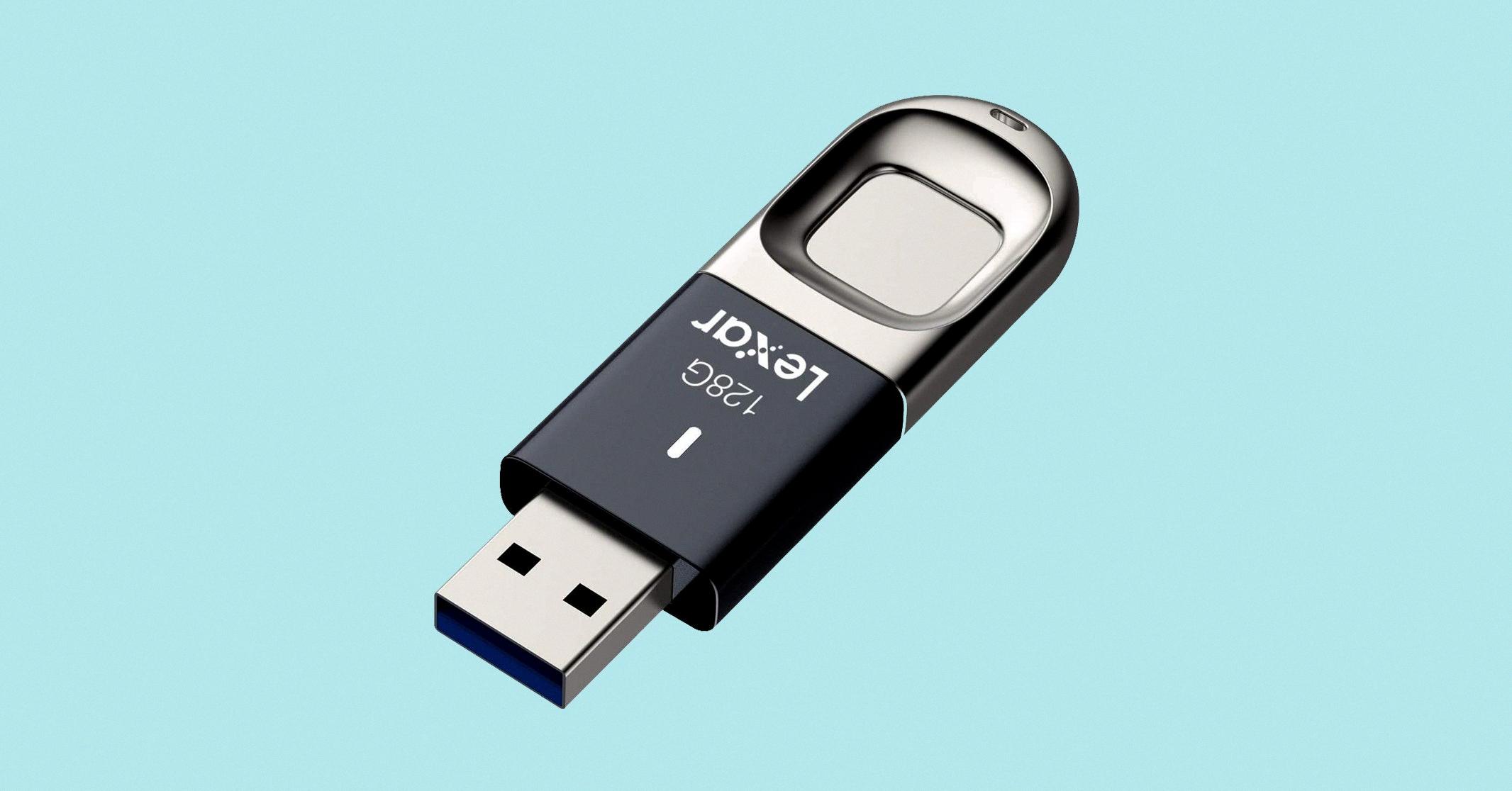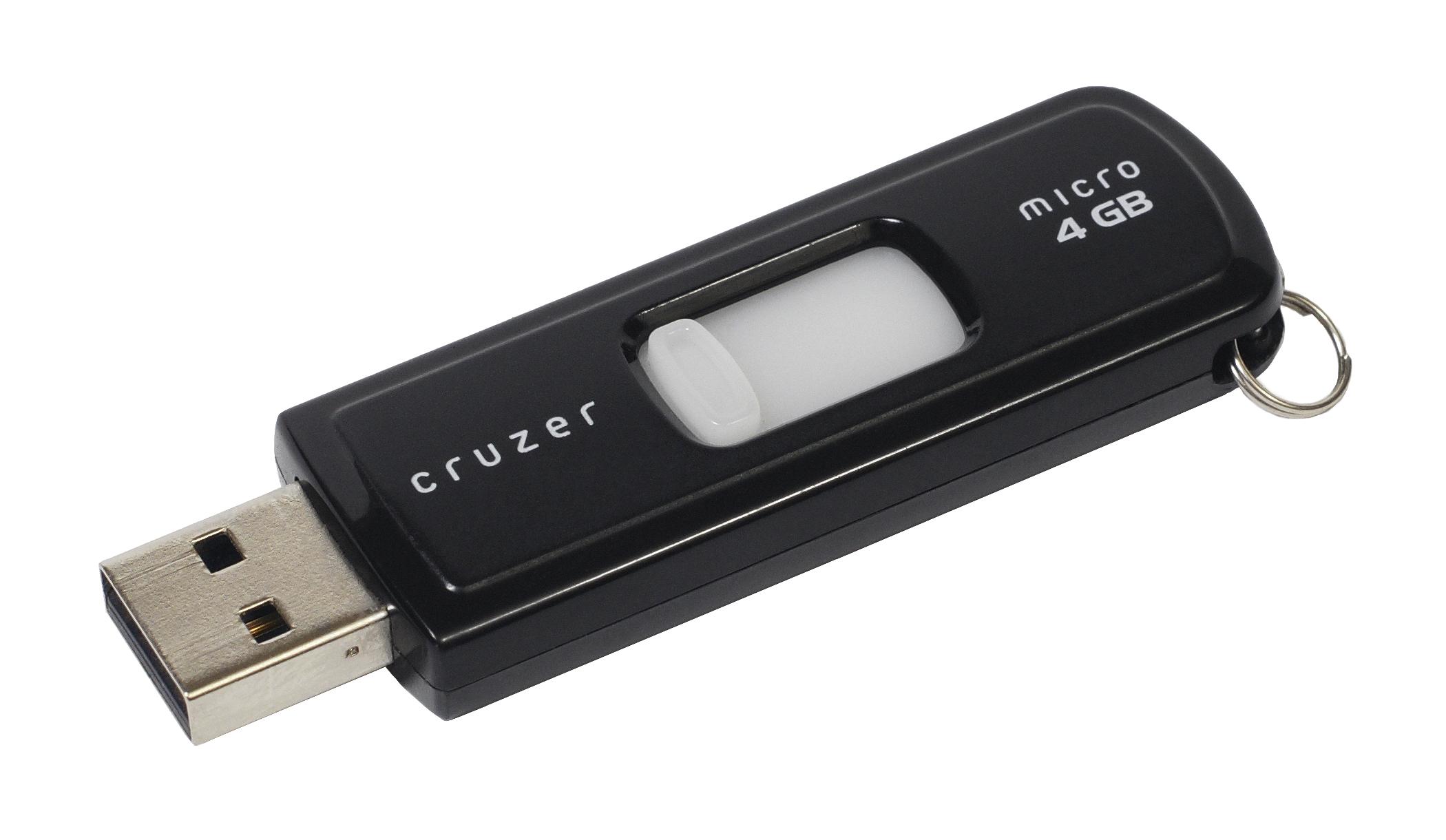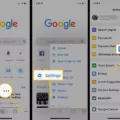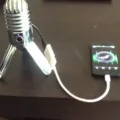Are your USB ports acting up? Don’t worry, resetting them is often a quick and easy fix. Resetting them can be done in just a few steps and can help you get your USB ports running smoothly again.
First, make sure that you unplug any devices that are currently plugged into the USB ports. If there are any devices plugged into the ports, unplugging them will reset the port and allow it to function properly again.
Next, check the Device Manager for any errors with your USB ports. To do this, open the Control Panel and select “Device Manager” from the list of options available. Once you’ve done this, look for any yellow exclamation marks or other signs of errors next to your USB ports. If there are any errors present, right-click on the device in question and select “Uninstall” from the list of options available. After uninstalling, reboot your computer so that Windows can detect and install the missing drivers automatically.
Finally, you may want to disable power-saving options for your USB ports as these can sometimes disrupt their functioning if left enabled. To do this, open up Power Options in Control Panel and look for a setting called “USB Selective Suspend”. This should be disabled by default but if it isn’t then make sure to turn it off before proceeding further.
Once these steps have been completed your USB ports should be working properly again. If not then it may be time to consider a hardware repair or replacement as the issue could be related to physical damage or wear and tear on your USB port itself rather than simply requiring a software fix.
Fixing an Unresponsive USB Port
First, you will need to make a physical check of the USB port. Check for any visible damage or debris that may be obstructing the port. If necessary, you may need to make a physical repair to the port.
Next, you will need to reboot Windows. This will ensure that any software-related issues are reset and your computer is running with the latest updates.
After rebooting your PC, open the Device Manager and find the USB Host Controller associated with the unresponsive port. Uninstall the controller, and then restart your PC again.
Finally, you can disable the USB Selective Suspend power saving option in Windows power settings. This should help resolve any power issues that may be causing your USB port to remain unresponsive.

Source: wired.com
Restoring USB Ports on Windows 10
To restore your USB ports on Windows 10, follow the steps below:
1. Open the Device Manager by right-clicking the Start button, then selecting Device Manager from the menu.
2. Expand the Universal Serial Bus Controllers section by clicking on the arrow beside it.
3. Right-click on each USB controller and select Uninstall device from the menu.
4. Restart your computer to allow Windows to detect and reinstall any missing USB controllers automatically.
5. Once your computer has restarted, open Device Manager again and check if all of your USB ports have been installed correctly.
6. If not, try uninstalling and reinstalling them again until all ports are working properly.
Resetting USB Ports Manually
Resetting your USB ports manually is a straightforward process that can help you troubleshoot any issues you may be having with your USB devices. To do this, open Device Manager by pressing the Windows key + X and selecting Device Manager. Once in Device Manager, expand the Universal Serial Bus controllers section. Right-click each of the USB controllers on the list and select Uninstall device to uninstall them. Once all of them have been uninstalled, restart your computer and Windows will automatically scan the system and reinstall the uninstalled USB controllers, resetting your USB ports.

Source: en.wikipedia.org
Resetting a USB Drive
To completely reset your USB drive, you will need to erase its contents. First, connect your USB storage device to your computer. Then, open Disk Utility which can be found using the Applications folder on your computer. Once inside Disk Utility, select the USB storage device in the left panel and change to the Erase tab. In the Volume Format selection box, choose the file system you want to use for your USB drive. Then click Erase. This will erase all of the content on the USB drive and reset it back to its original settings.
Conclusion
In conclusion, resetting your USB ports is a relatively easy process once you know what to do. First, you should make sure there is no physical damage to the port, and then check Windows settings. You can also check the Device Manager, uninstall the USB Host Controller, and disable USB Selective Suspend power saving option. Once these steps have been completed, restart your computer and Windows will automatically reinstall all of the USB controllers that were previously uninstalled. Finally, you can enable USB ports via Device Manager by clicking on Universal Serial Bus controllers and right-clicking each port to either enable or uninstall it. Following these steps should help get your USB ports back up and running.













